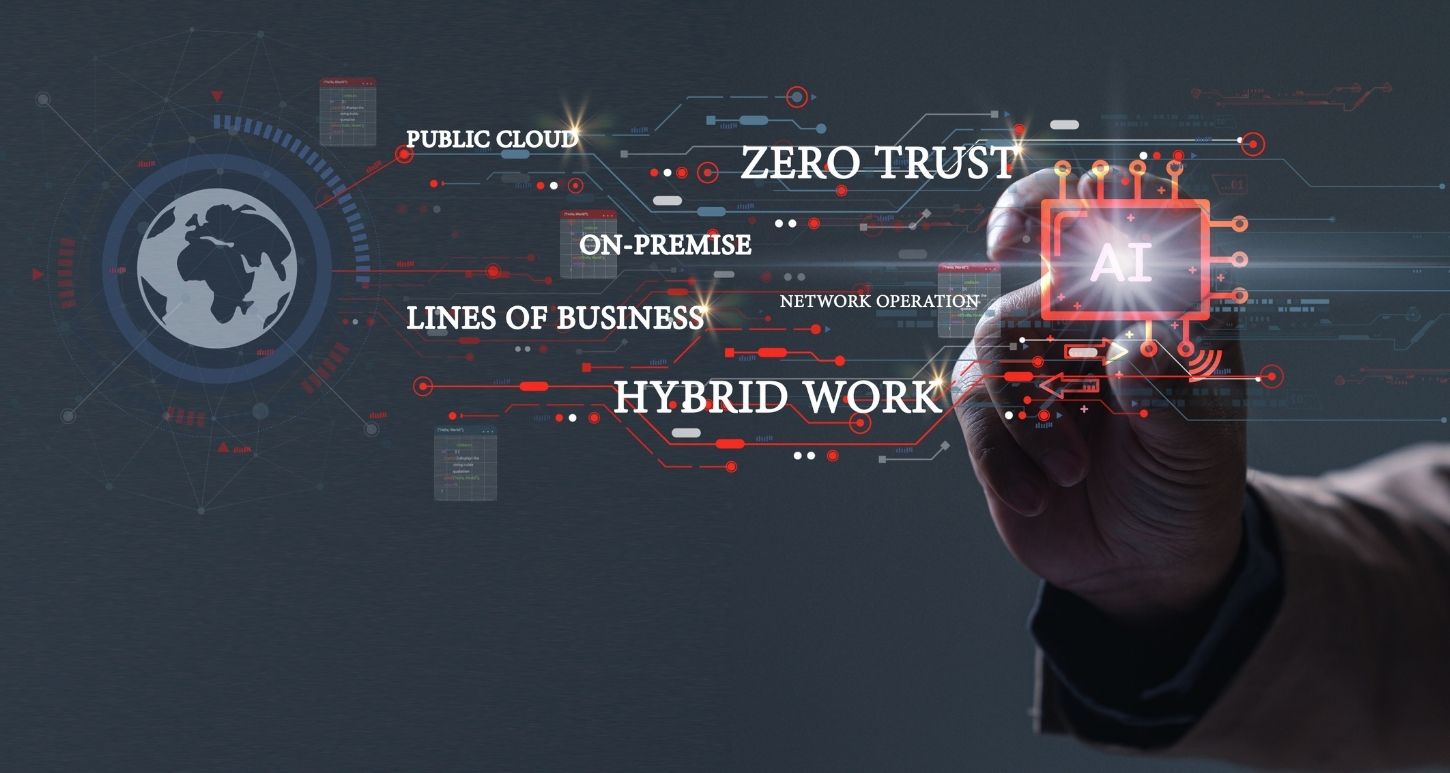Yes, it’s hard to argue the importance of the number one (1).It’s what all teams aspire to, and where you want to sit when your company’s sales stack rankings come out. But don’t forget the power of three (3). Two (2) of something can be chalked up to coincidence, but three (3) suggests a trend, and in the case of HPE OneView, that trend is the foundation on which software-defined data centers can be built. So, if you’re wondering what HPE OneView can provide to your organization, just remember these three (3) keywords―Features, Migration and Composability.
Features
Simpler Management―with its single interface and the tools to manage infrastructures and compliance, HPE OneView simplifies management, frees up time for other initiatives and projects, and accelerates time-to-value.
Faster Deployments―whether provisioning one (1) server or thousands, HPE OneView can stand up infrastructures in minutes, not hours, days, even weeks. Its template-driven approach greatly reduces the risks of human error and can provision, update and deploy storage, servers and networking in staggeringly fast times.
Increase Productivity―a unified API (Application Performance Interface) enables developers and IT to automate infrastructure deployments. Thousands of error-friendly lines of code can be reduced to a few.
Simplify Lifecycle Operations―By automating firmware, administrative time can be reduced by almost seventy-five percent (75%). What would you do what that much time on your hands?
Enhanced Security―OneView’s scope-based access control allows security to be managed more easily and comprehensively. Scope-based access control creates permissions for more than just resources, but for scopes related to it. It doesn’t just allow users access to applications, but administrators can precisely designate the resources they can access.
Migration
While the word migration may strike fear into the hearts and minds of most IT professionals, it needn’t with HPE OneView. The following three (3) services help new OpenView customers enjoy its many benefits quickly and easily:
The HPE OneView Startup Installation and Configuration Service onboards customers with a comprehensive, easy-to-understand orientation on how to utilize OneView.
The HPE Installation and HPE BladeSystem c7000 MigrationService is a mouthful, but helps customers transition from HPE’s VCEM(Virtual Connect Enterprise Manager) to OneView.
The HPE Startup BladeSystem c7000 Infrastructure Service is an installation service for c7000 hardware and allows users to install and configure OneView when the hardware is installed.
Composability
HPE OneView not only helps customers scale the composability mountain, but do so with the fewest blocked trails and boulders in the way. With its unified API and software-defined intelligence, fluid resource pools can be easily provisioned to perfectly meet each customer’s specific needs.
Have questions? These experts have the answers
GDT’s tenured, talented solutions architects, engineers and security analysts understand how to positively incorporate change by designing and deploying innovative solutions that help customers realize greater productivity, enhanced operations and more revenue. GDT utilizes key partnerships with best-of-breed technology companies, like HPE, to help organizations transform their legacy environments into highly productive digital infrastructures and architectures. You can reach them at SolutionsArchitects@GDT.com or at Engineering @GDT.com. They’d love to hear from you.
Want more about Composable Infrastructures, check out the following:
Composable and hyperconvergence…what’s the difference?
The Story of the First Composable Infrastructure
Infrastructure Modernization to handle the most demanding of applications
HPE’s recent acquisition of Plexxi gives it a leg up on its composable competitors




